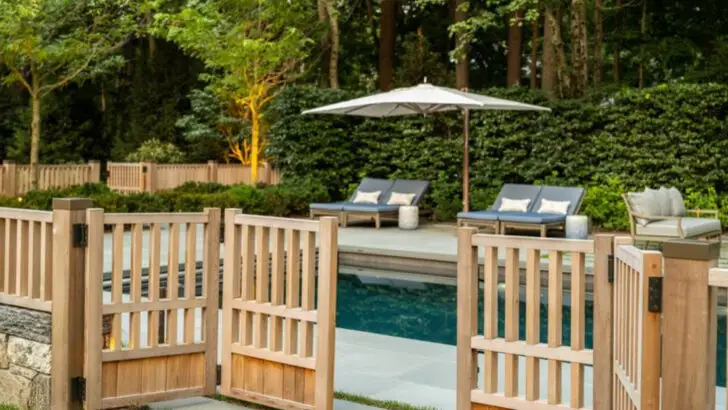If you’re battling pests in your garden, you might be reaching for sprays and traps—but nature has a far better solution. Frogs, toads, lizards, and beneficial insects are the unsung heroes of a thriving garden, quietly devouring harmful bugs and keeping the ecosystem in balance. And the best part? They’ll do the work for free—if you know how to make your garden feel like home.
By skipping harsh treatments and instead focusing on wildlife-friendly gardening practices, you’ll create a more vibrant, self-sustaining space. Simple changes like adding water sources, planting dense native foliage, or avoiding artificial lighting can dramatically increase the number of natural helpers you’ll see hopping or scurrying through your yard. These allies don’t just eliminate pests—they also help pollinate, aerate soil, and restore biodiversity to your outdoor space.
Ready to build a healthy garden that practically manages itself? These 20 creative, chemical-free ideas will help you attract frogs, toads, and other garden-friendly creatures in ways that are safe, beautiful, and easy to maintain. Your plants—and the planet—will thank you.
Create a Pond Oasis
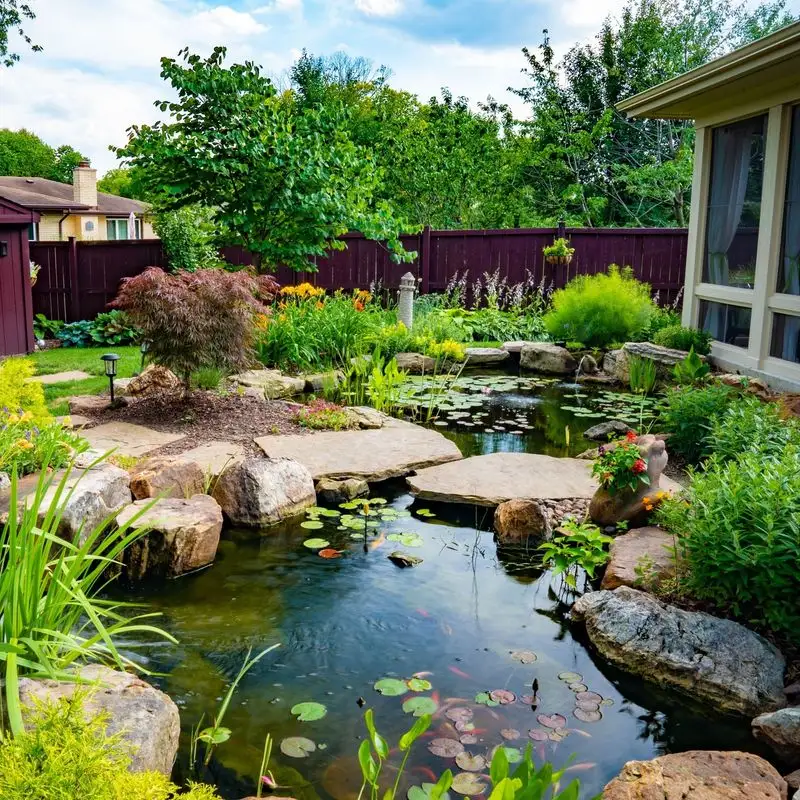
Water is essential for attracting amphibians. A small pond serves as both a breeding ground and a sanctuary for frogs and toads. It should have gentle, sloping sides to allow easy access for amphibians. Surround the pond with native plants to provide shelter and food sources. Adding a few floating plants like water lilies can offer shade and reduce algae. Consider placing rocks around the edges to give frogs a place to perch and bask. With time, your pond will become a bustling hub of wildlife activity.
Install a Frog Home
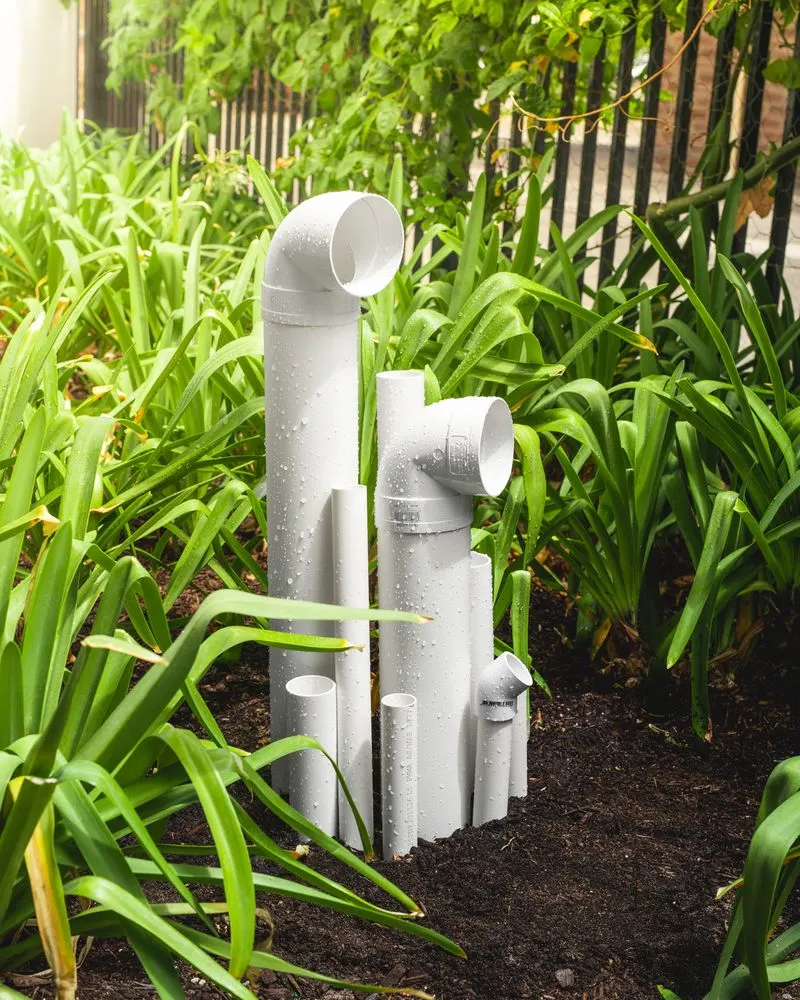
Providing shelter is a simple way to invite frogs into your garden. Inverted clay pots or hollow logs can make perfect frog houses. Place them in shaded areas to keep them cool and damp. Ensure the entrance is wide enough for frogs to enter easily. Filling the space with damp leaves or moss can make it more appealing. Position these shelters near water sources to increase their attractiveness. With these cozy abodes, frogs will find a welcoming home in your garden.
Maintain Moisture Levels
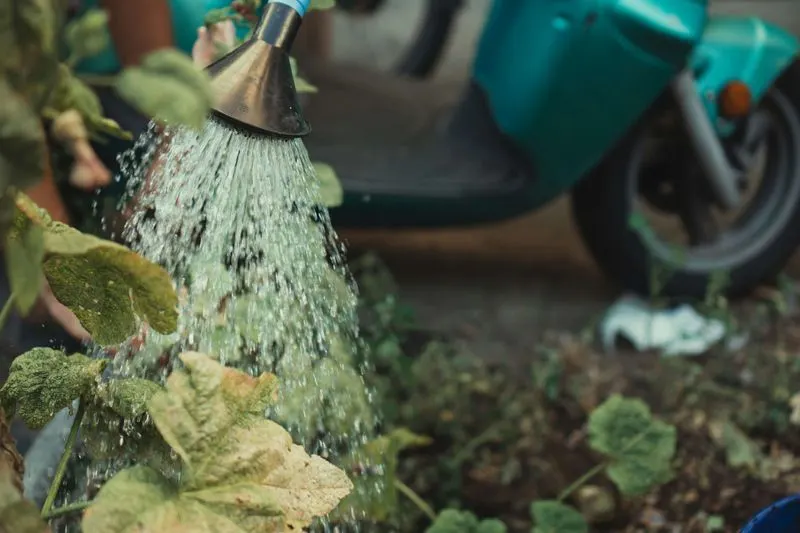
Amphibians thrive in moist environments. Keeping the soil damp can make your garden more inviting for them. Consider installing a drip irrigation system or a simple misting setup to maintain humidity. Mulching with organic materials helps retain moisture and also benefits soil health. Avoid overwatering, as standing water can attract mosquitoes. By maintaining the right moisture levels, your garden will be a haven for frogs and toads.
Use Native Plants
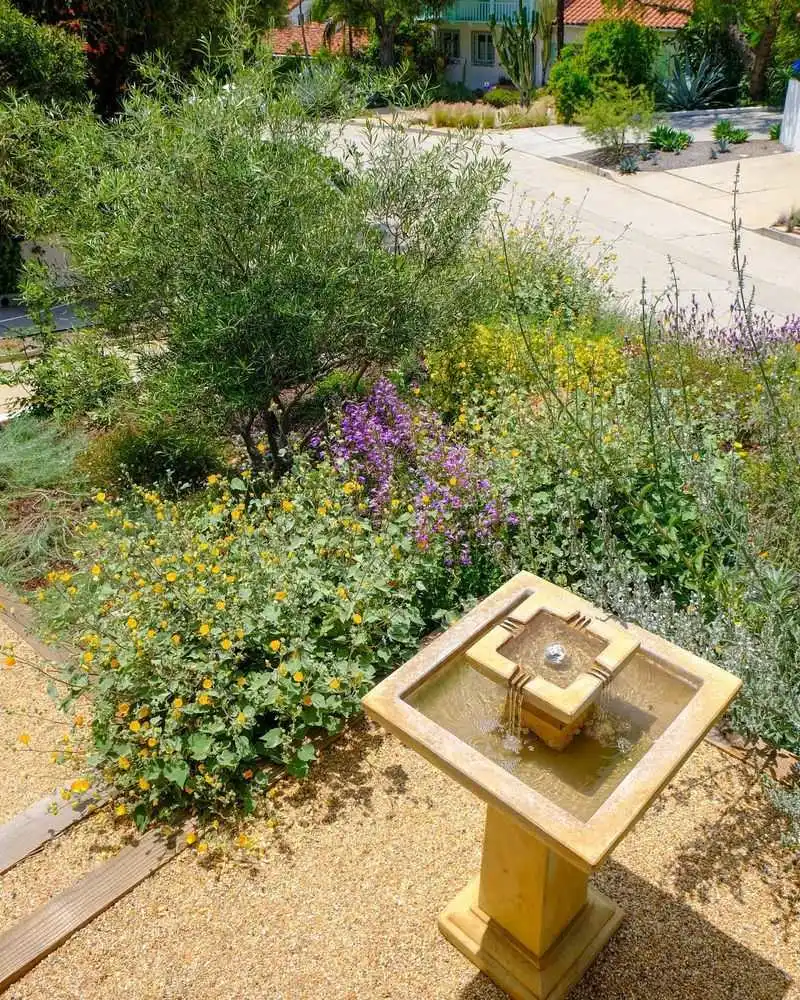
Native plants form the backbone of a healthy garden ecosystem. They provide essential habitat and food for local wildlife. By choosing plants native to your area, you create a natural environment that supports frogs and toads. These plants often require less maintenance and are more resilient to local pests and diseases. Incorporate a variety of plant types to offer diverse shelter and feeding opportunities for amphibians.
Build Rock Piles
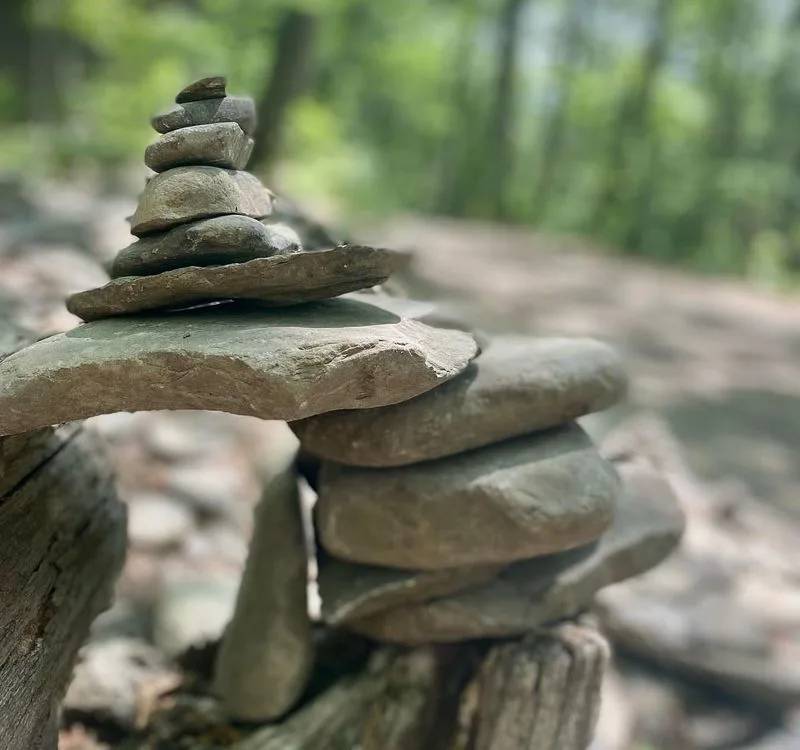
Rocks offer excellent hiding spots for garden amphibians. They provide cool, moist areas where frogs can escape the sun. By stacking rocks in piles, you create crevices and tunnels for frogs to explore and hide. Ensure there are various sizes to accommodate different species. Position these rock piles near water or damp areas to enhance their appeal. This simple addition can make your garden a refuge for frogs and toads.
Create Leaf Litter Beds

Leaf litter is a natural haven for many small creatures, including amphibians. It provides cover and hunting grounds for frogs and toads. Leave a layer of fallen leaves in a corner of your garden. This not only attracts frogs but also enriches the soil as the leaves decompose. Avoid using leaf blowers, as they can disturb these habitats. By embracing a little mess, you can foster a vibrant ecosystem.
Keep Cats Indoors
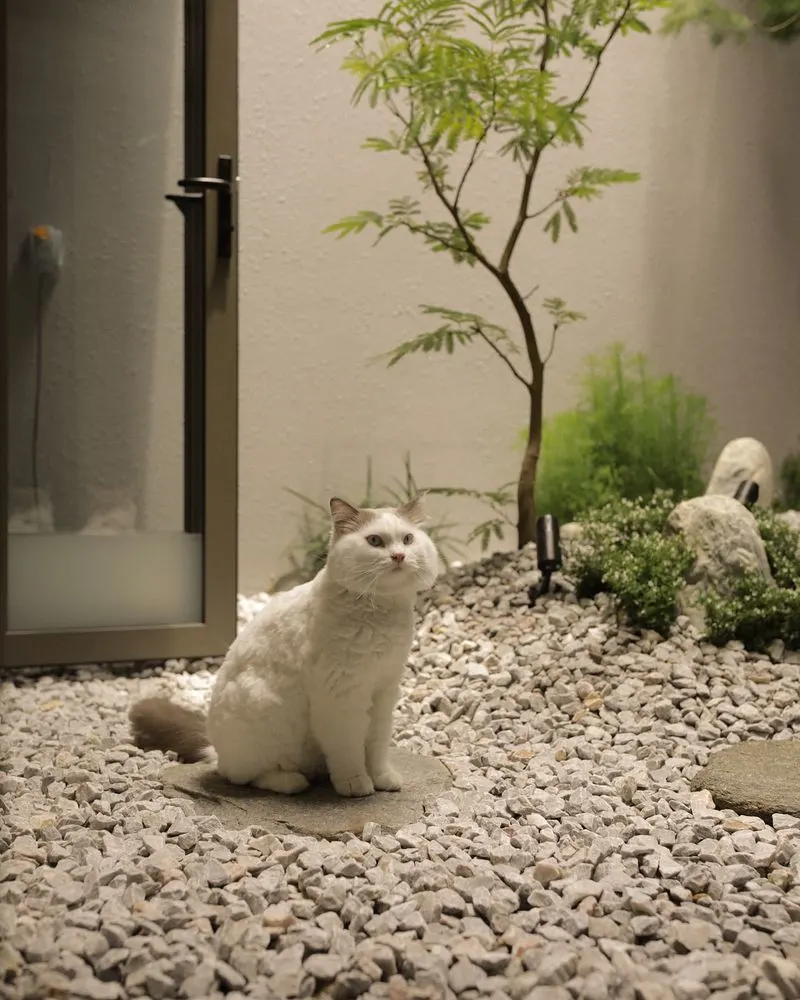
Cats, though beloved pets, can be deadly to garden wildlife. Their hunting instincts often target frogs and toads. By keeping cats indoors or providing supervised outdoor time, you protect these vulnerable creatures. If outdoor freedom is a must, consider a catio—a secure outdoor enclosure. This way, your cat can enjoy the outdoors without threatening garden biodiversity. This simple step ensures a safer environment for amphibians.
Avoid Pesticides and Chemicals
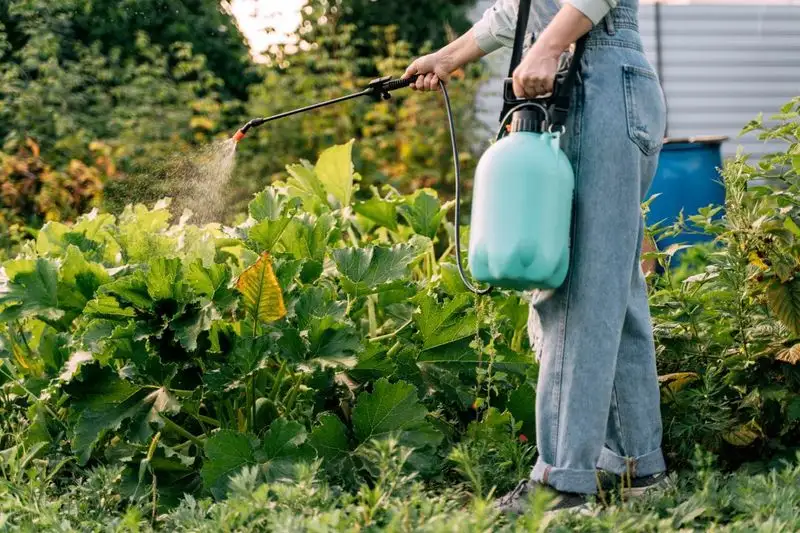
Chemicals can harm amphibians directly and indirectly by destroying their food sources. Opt for organic gardening practices to keep your garden safe for wildlife. Use natural pest control methods like companion planting and manual removal of pests. By eliminating harmful chemicals, you create a healthier environment where frogs and toads can thrive.
Install a Rain Garden
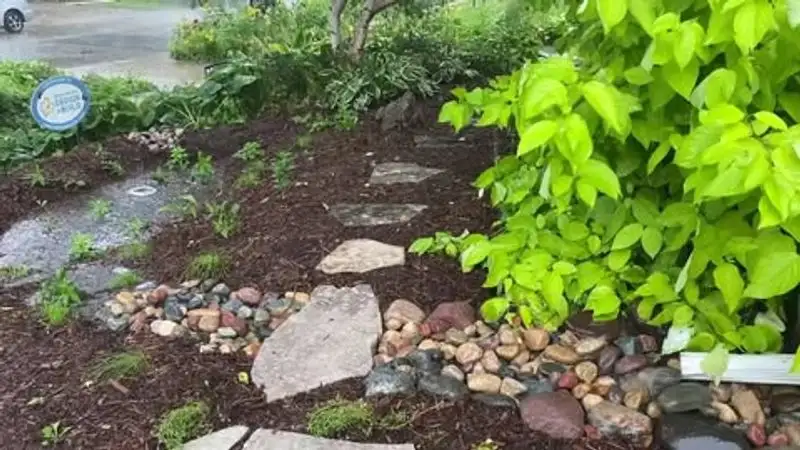
Rain gardens manage water runoff while creating habitats for wildlife. They absorb excess rainwater, filtering it naturally through plants and soil. This environment mimics natural wetlands, attracting amphibians. Design your rain garden with native plants that tolerate both wet and dry conditions. This not only supports biodiversity but also prevents erosion and reduces pollution. Rain gardens are a beautiful, functional addition to any landscape.
Provide Safe Hiding Spots
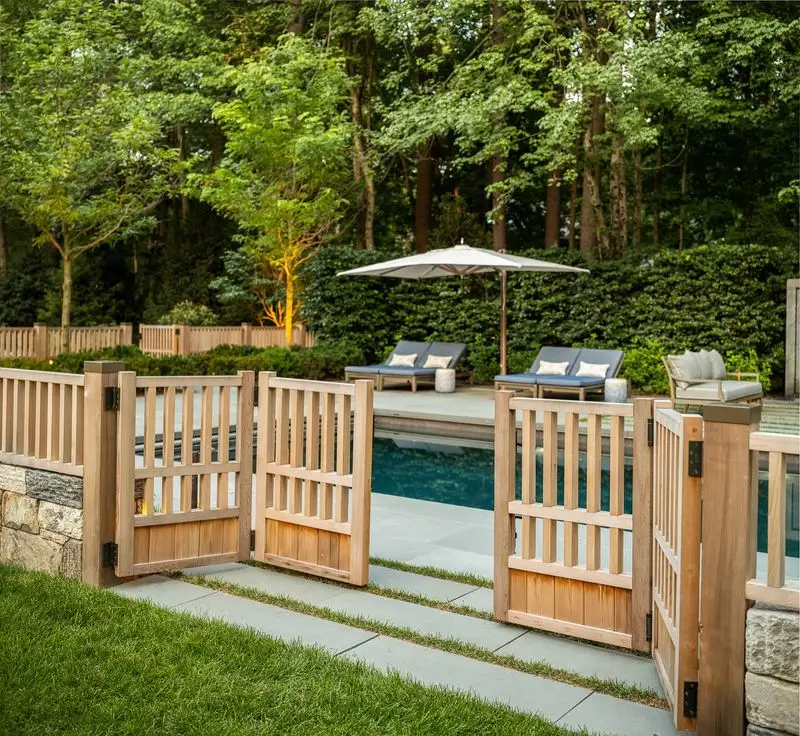
Creating hiding spots throughout your garden can make it more inviting for frogs. Place logs, stones, and dense plantings in strategic areas to offer shelter. These spots provide protection from predators and harsh weather. Keep them in shaded, moist areas to maintain a suitable microclimate. By offering a variety of hiding places, you encourage a diverse amphibian population.
Encourage Beneficial Insects
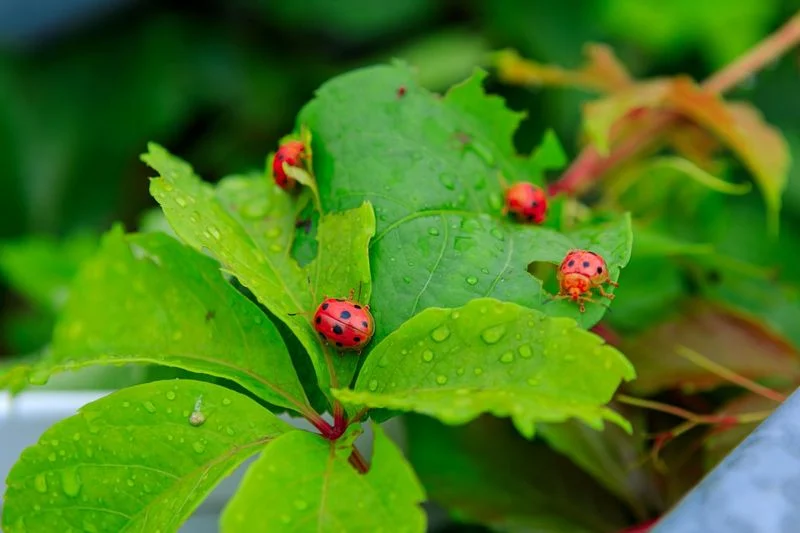
Insects form a substantial part of a frog’s diet. By fostering a healthy insect population, you indirectly support amphibians. Plant flowers and herbs that attract beneficial insects like bees, ladybugs, and butterflies. These insects also aid in pollination and pest control, contributing to garden health. Use companion planting to naturally repel harmful pests. A flourishing insect community will draw hungry amphibians to your garden.
Add a Waterfall Feature
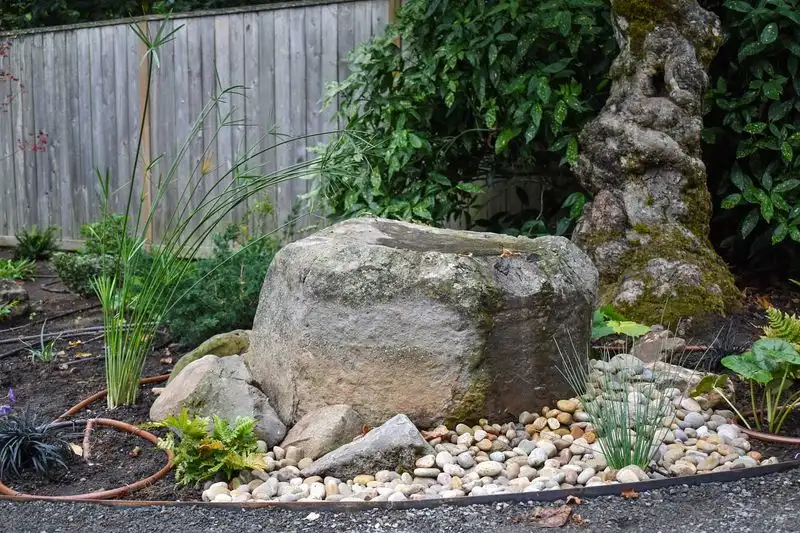
The sound of running water is a magnet for frogs and toads. Installing a small waterfall can enhance your garden’s appeal. Choose a location where the sound can be heard throughout the area. Use rocks and plants to create a natural look, and ensure the water flow is gentle. This feature not only attracts amphibians but also adds a tranquil ambiance. Enjoy the soothing sounds along with your new garden visitors.
Grow a Wildflower Meadow
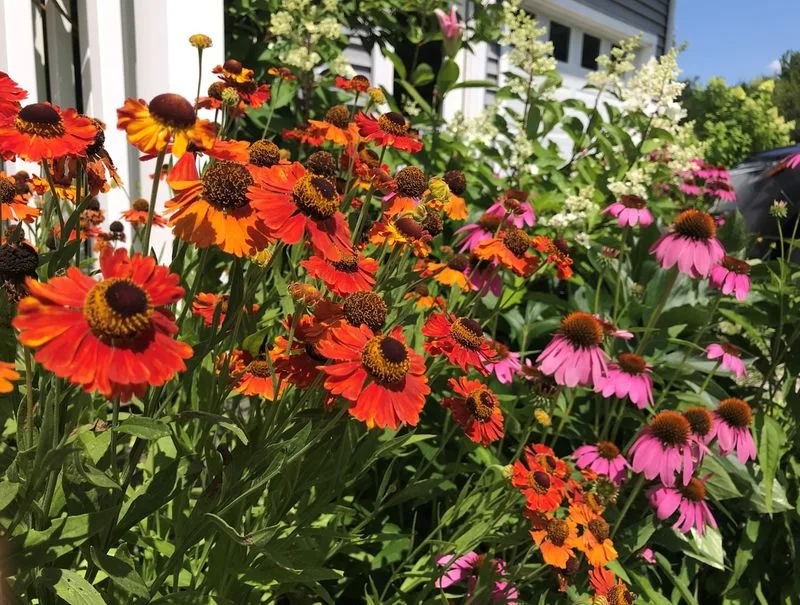
Wildflower meadows are a feast for the eyes and a boon for biodiversity. They support insects that amphibians feed on, providing a rich hunting ground. Choose a mix of native wildflowers to ensure a succession of blooms throughout the growing season. This approach enhances garden resilience and beauty. A meadow invites frogs to hop over and explore its colorful offerings.
Create a Muddy Corner
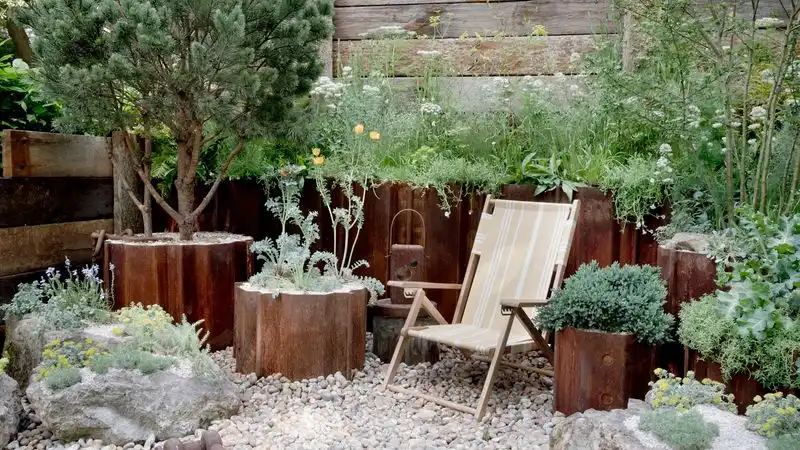
Mud might seem out of place in a tidy garden, but it can attract frogs and toads. Amphibians need moist environments to stay hydrated and hunt. Designate a small area of your garden to remain muddy. Plant moisture-loving species nearby to help retain the dampness. This patch will become a favorite spot for our slimy friends, providing them with the perfect conditions to thrive.
Use Compost Bins
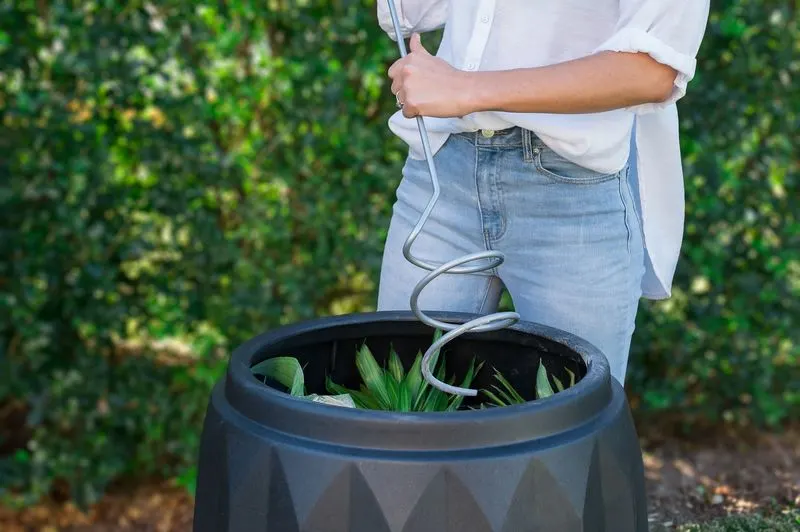
Compost bins are not just for recycling kitchen scraps; they can also act as habitats for amphibians. The decomposing matter creates warmth and moisture, ideal for frogs and toads. Ensure your compost bin is accessible for them by leaving small openings. This setup benefits your garden’s health while providing a cozy refuge for wildlife. Composting naturally enriches the soil, further supporting garden biodiversity.
Install Log Piles
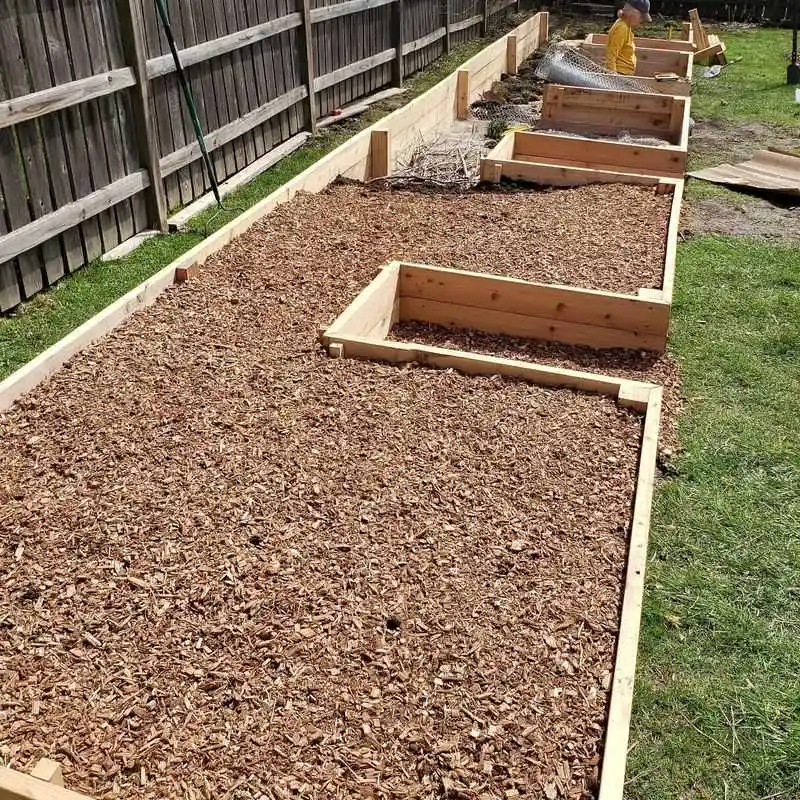
Logs provide excellent refuge for amphibians, offering shade and moisture. Arrange logs in piles to create crevices and tunnels. These structures can also harbor insects, providing food for frogs and toads. Place log piles in shaded areas to maintain moisture levels. This simple addition enhances your garden’s habitat diversity, making it more attractive to frogs.
Grow Edible Plants
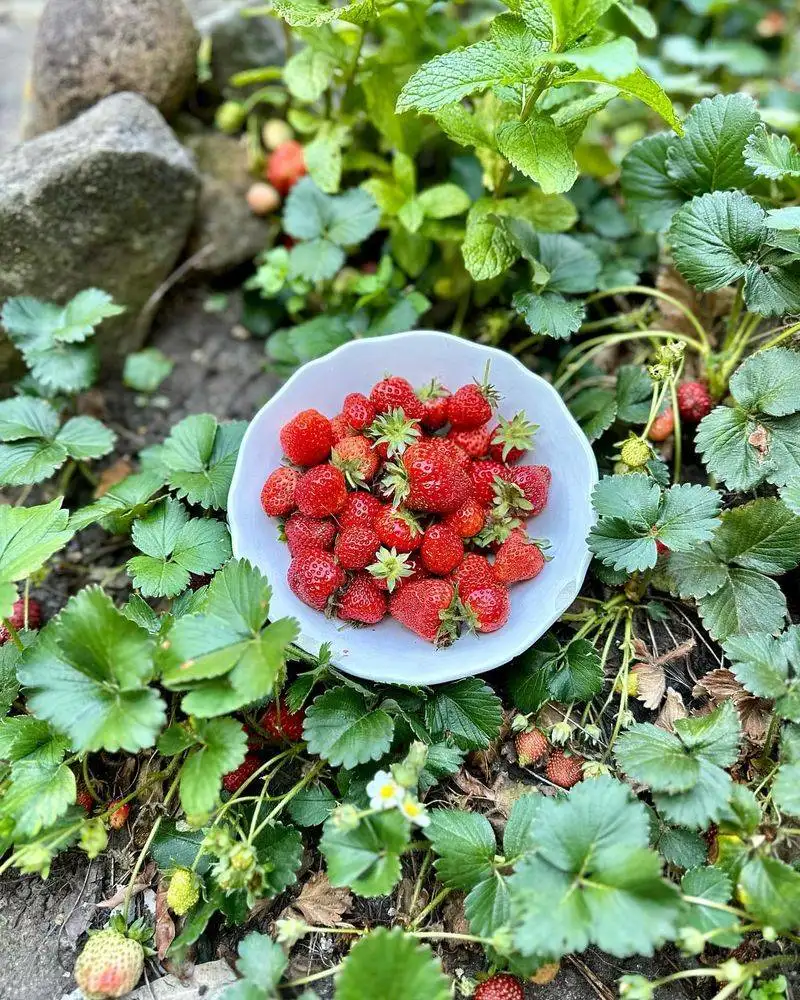
Edible plants support a self-sustaining ecosystem. By growing a variety of fruits, vegetables, and herbs, you attract insects that amphibians consume. Choose plants that thrive in your climate to reduce maintenance effort. This approach not only feeds your family but also nourishes the local wildlife. Frogs and toads will appreciate the bounty and offer their pest control services in return.
Install a Small Fountain
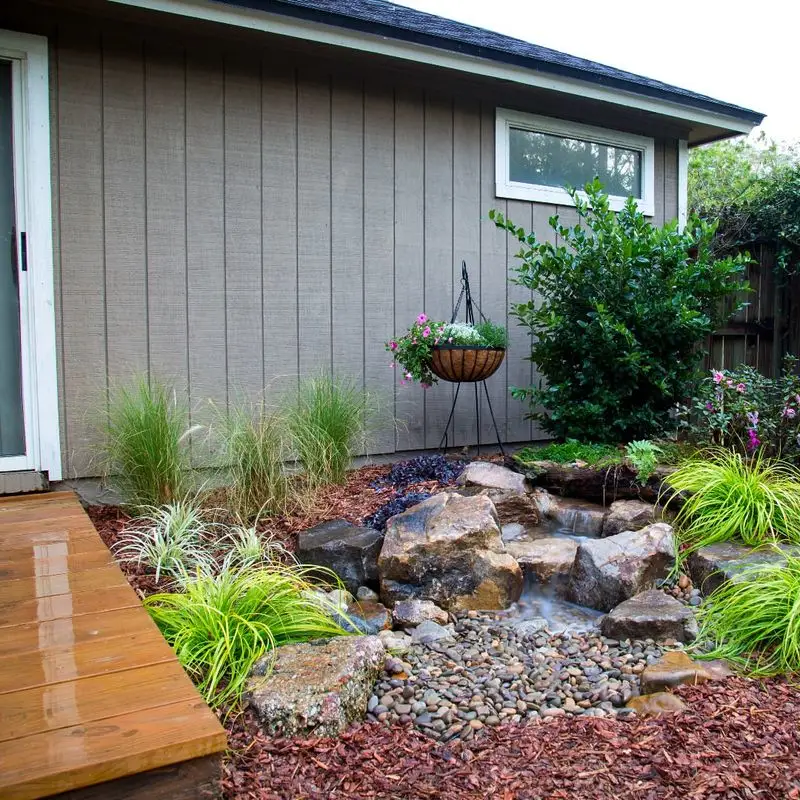
A fountain adds elegance and attracts wildlife with its gentle sounds. Place it in a central garden location where it can be a focal point. Ensure the water flow is gentle to avoid disturbing amphibians. Surround it with water-loving plants to enhance its appeal. This feature invites frogs and other creatures, making it a lively garden centerpiece.
Avoid Lawn Chemicals
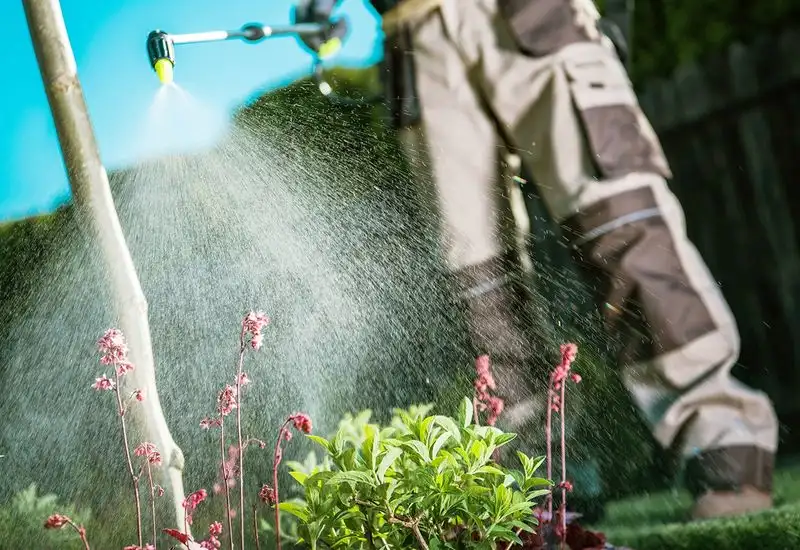
Lawn chemicals can be detrimental to amphibians. Opt for organic lawn care practices to ensure a safe environment for wildlife. Techniques like aeration, overseeding, and natural fertilizers promote healthy grass without harmful residues. This creates a welcoming space for frogs and toads to explore and hunt. A chemical-free lawn supports not just amphibians but overall garden health.
Create Amphibian Corridors
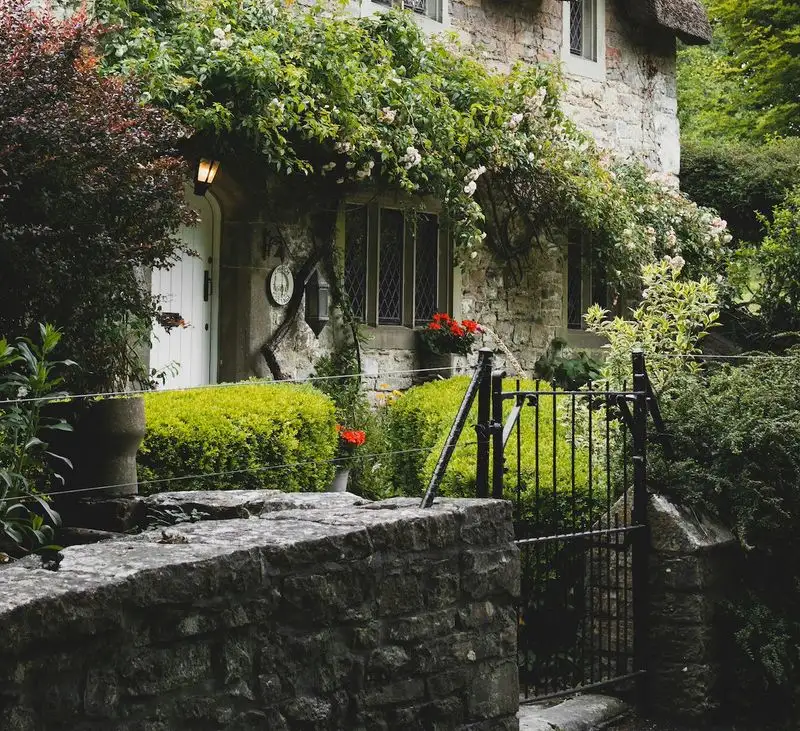
Ensure your garden is accessible by creating corridors that allow amphibians to move freely. Use pathways, hedges, and stepping stones to connect different garden areas. This design encourages exploration and provides safe passage for frogs and toads. Corridors mimic natural habitats, offering shelter and feeding opportunities. By facilitating movement, you support a thriving amphibian population.

